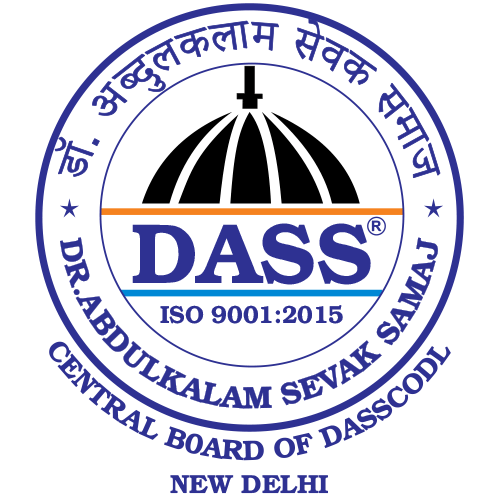Economy Skill

ECONOMY AND VOCATIONAL SKILLS
Greater use of high talent manpower is only one consequence of an increase in the rate of innovations in an economy. Other changes, such as increased capital investment both in industry and in supporting social and economic institutions are also necessary for progressive industrial growth. The manpower consequences of innovation follow from the belief that effective use of skilled human resources will play an increasingly critical role in permitting a high rate of economic progress, given the conditions already attained. The dynamics of economic growth brings about structural shifts in macro-economic variables such as income, consumption, and employment. Such shifts could be considered as growth indicators, constituting an integral part of the growth process. Skill obsolescence is an inevitable consequence of these structural shifts and technological changes. When an economy moves away from traditional sectors (Primary Sector) to modern industries, “yesterday’s skills becomes redundant today, and those of today become so tomorrow’ (Thakur, 1978, p.15). Even traditional sectors undergo rapid changes in technology of production and management. The success of such changes.to a large extent, depends on the supply of a skilled labour force, enriched by continuous training and retraining to cope with the changes in production and management techniques.
A meaningful scheme of training for skills envisages a broad spectrum of activities, including the preparation of people for eventual labour market activities through education and training. In this process, from the society‘s point of view, the young labour force becomes more skilful, better adaptable to technological progress, and acquires a smooth absorptive capacity for capital equipment. These, in turn, result in increased productivity, besides facilitating the desirable structural shifts in income towards modern activities. From the point of view of the labour market, occupational training becomes an indispensable instrument to match the present and future skill requirements, in terms of both volume and quality. Before analysing these factors in detail with Haryana‘s economy, let us first see the trend of economic growth in Haryana since last couple of years.
Connect With Us
Join Dr. Abdulkalam Sevak Samaj in promoting vocational excellence and research-driven training. Collaborate with us to empower individuals and communities through education. Connect now to be part of a transformative journey towards a skilled and empowered society.
Send A Message
“Dr. Abdulkalam Sevak Samaj, a non-profit organization, is dedicated to creating a positive societal impact through community-driven programs inspired by the teachings of Dr. APJ Abdul Kalam.”









